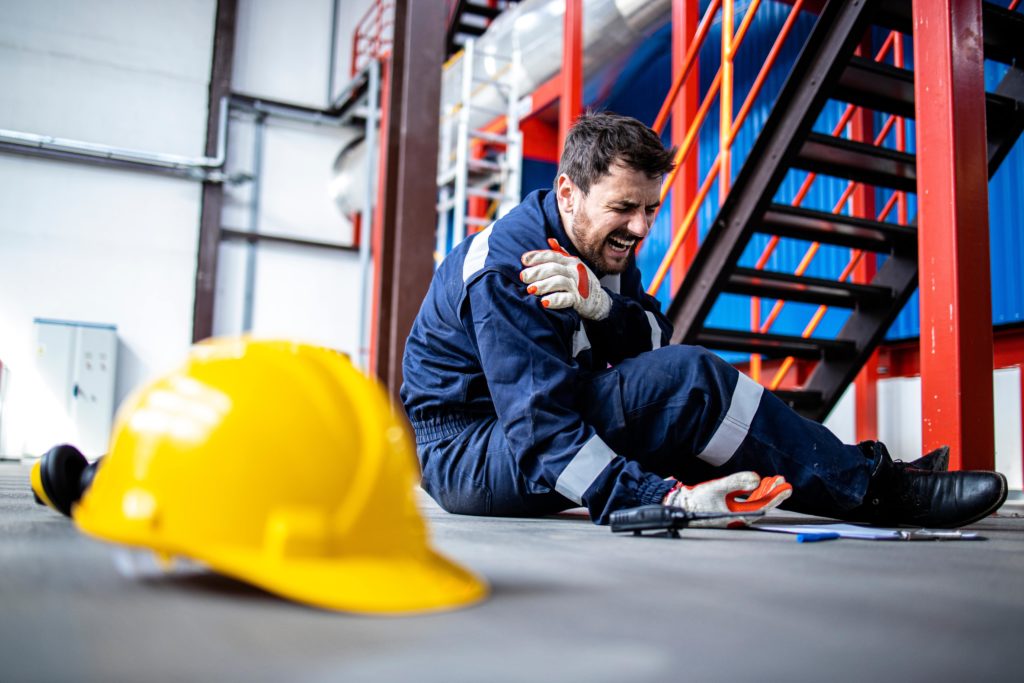
When a company sets up a Return to Work (RTW) program, it’s like putting a big safety net under its employees and its budget. Imagine you’re playing a video game where you have to keep your health points high to save money. Companies can do something similar with their insurance costs in the real world by having a good RTW program. This blog post will explain why having an RTW program is brilliant, mainly because it can help lower the experience modification (mod) rating. Let’s break this down into simpler terms.
What’s an Experience Mod Rating?
Think of the experience mod rating as a school grade that shows how well a company avoids workplace injuries compared to other companies. If you get a lot of injuries and it’s worse than what’s typical, your mod rating goes up, and just like getting a bad grade, you have to pay more—this time, in higher insurance costs. But you pay less if you can keep that rating low by having fewer or less severe injuries. It’s a score that insurance companies use to decide how much you pay for workers’ compensation insurance.For a deeper dive into how the experience mod rating works, check out this resource from the National Council on Compensation Insurance (NCCI): Understanding the Experience Rating Plan.
How RTW Programs Help Lower That Rating
RTW programs are like a plan that helps employees who get hurt return to work safely and quickly, sometimes with more manageable jobs, until they’re 100% again. Here’s the cool part: if a company can help an injured employee return to work without missing a lot of days, the injury might count as “medical-only.” This means the claim doesn’t hurt the company’s mod rating as much—actually, it can lower the rating by 70%! Lowering the mod rating is like getting a discount on insurance costs. More money saved!
Why Saving on Insurance Matters
When a company pays less for insurance, it’s like having extra money to spend on essential things like new equipment, better employee programs, or even fun workplace events. It’s also about being seen as a safe workplace, making more people want to work and stay there.
More Good Stuff About RTW Programs
Besides saving money, RTW programs show that a company cares about its employees. They ensure that someone hurt can still feel useful and get paid while they recover. This makes employees happier and more loyal. Plus, it keeps the team strong because experienced workers stay on board, and the company doesn’t have to spend time and money finding and training new people.
Wrapping Up
So, having an RTW program is about more than just helping employees who get hurt. It’s a smart move that saves money, decreases insurance costs, and improves the workplace. It’s like having a superpower for managing risks and ensuring everyone wins: the company, the employees, and even the insurance folks. Keeping that mod rating low is critical to saving money and keeping everyone safe and happy at work.
